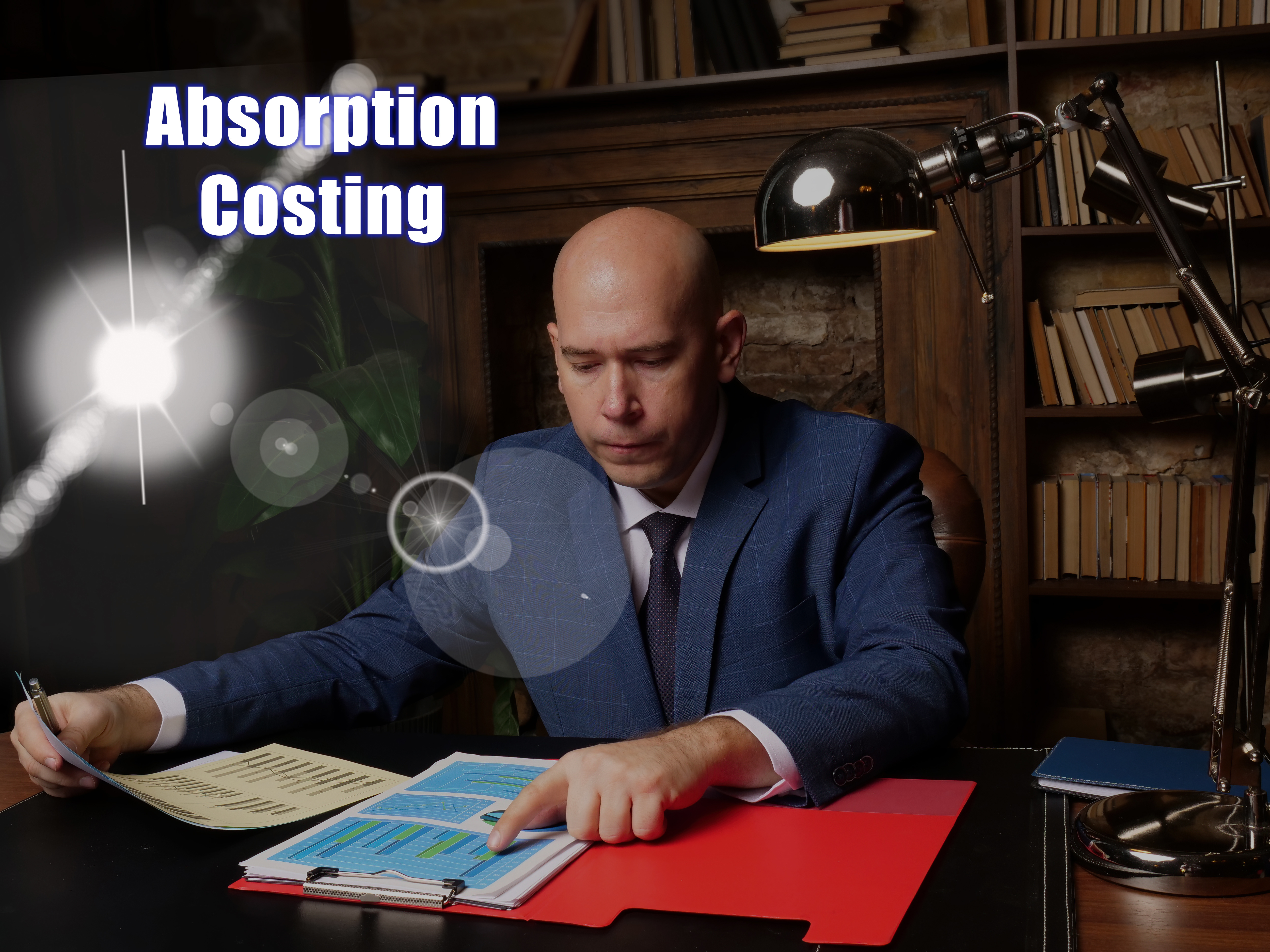CIOP online sessions are conducted in a well-organized manner. The online sessions are conducted on Saturdays, between 7:00 PM and 10:00 PM (Indian Standard Time). There will be two breaks during the session. First break at 8:00 PM for 15 minutes and the second break at 9:00 PM for 10 minutes. The participants will join the program through the link sent to them well in advance and they get reminder notifications. First reminder a day before the session and the second reminder one-hour before the session. The participants will be able to see the presentation and the writings of the faculty at the same time. The faculty delivers the program through a smart board and the participants will be able to access both the presentation used by the faculty and his notes at the ends of the session through Fhyzics’ Learning Management System (LMS).

Absorption cost refers to the value of raw materials needed for production of a given item under production.
In Absorption Costing, indirect costs are considered and a company can determine the best prices possible for raw materials. A company has to carefully plan its operation in order to determine the correct value of every indirect cost. It is important to include all costs in the balance sheet. It is imperative for every company to manage its inventory to avoid expensive over-supply of some items and deplete the available inventory of other items.
The main factors assigned to particular items under an Absorption costing method are: Production Volume. Those items which are involved in a single production volume. Production overhead costs. The production overhead costs associated with each operation conducted by the company. A company also has to determine the correlation between demand and supply of raw materials in order to avoid exorbitant over-supply or deplete the available inventory of a particular item.
The process of Absorption Costing involves identification of cost drivers and identification of inventory bottlenecks. Each company has to ensure that its inventory is maintained at adequate levels to meet customer demands. Every operation in the supply chain needs to be monitored closely in order to detect and prevent any unnecessary inventory costs. Proper analysis of inventory trends can help the company to take pre-emptive steps in dealing with any inventory issues.
Certified Inventory Optimization Professional
CIOP is an end-to-end supply chain certification that contains 30 modules such as Introduction to Supply Chain Management, All About Inventory, Production Planning System, Strategic Business Planning, Sales & Operations Planning, Master Scheduling, Material Requirements Planning, Demand Management, Capacity Management, Forecasting, Production Activity Control, Procurement, Order Quantities, Independent Demand Ordering Systems, Warehouse Management, Transportation Management, Supplier Relationship Management (SRM), Customer Relationship Management (CRM), Introduction to Quality, Introduction to Packaging, Introduction to Process, Lean, Six Sigma, Total Quality Management, Theory of Constraints, Supply Chain Technologies, Supply Chain Techniques, Industry 4.0, International Standards and Supply Chain Risk, Safety and Security.

CIOP Knowledge Series
One-Minute Supply Chain Facts
The most recent video is available here. To access the past videos in the One-Minute Supply Chain Facts Series, please click the playlist icon located on the Top-Right of the video.

